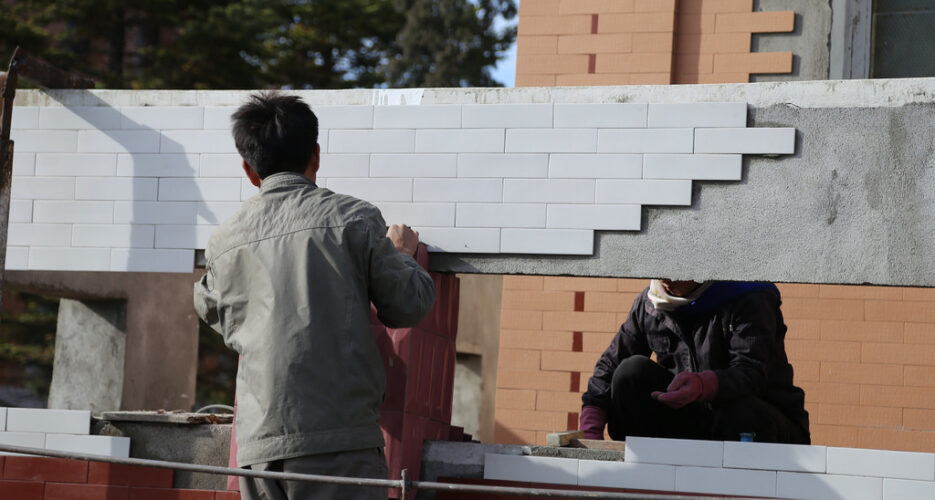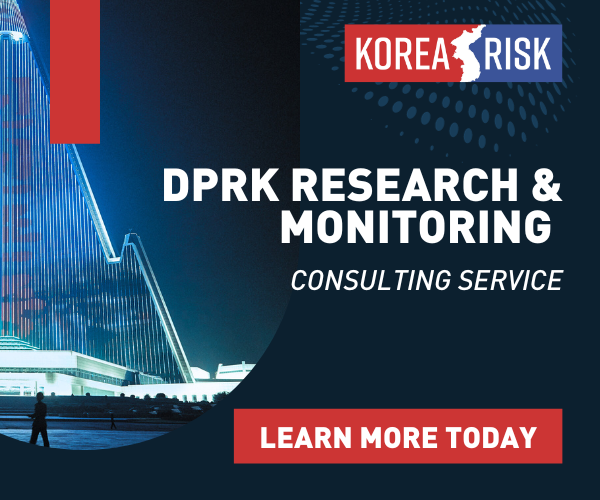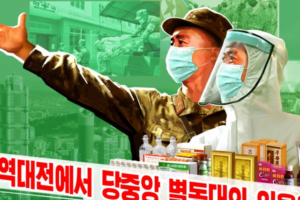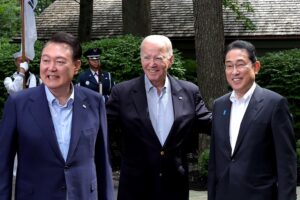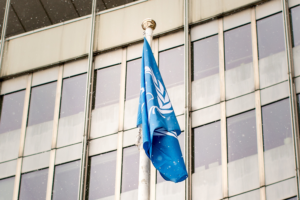A core component of the North Korean economy has always been foreign income. While this might seem counterintuitive to a state that prides itself on its Juche – or “self-reliance” – policies, the external world defines a great deal of life within North Korea.
In fact, the survival of the regime could be described as a series of pivots between external sponsors. In the early 1940s the regime was dependent upon the assistance of Stalin’s Soviet Union, but during the heat of the Korean War and after the fall of Pyongyang, the North pivoted to Mao’s China. By the end of the 1950s North Korea was once again in the arms of the Soviet Union but, in order to extract the maximum amount of financial support to rebuild the country, Kim Il Sung embraced the smaller Warsaw Pact states and engaged in a series of diplomatic pivots. This trend continued through the Non-Aligned Movement until the end of the Cold War, when Soviet financial support evaporated, along with the North Korean economy.
A core component of the North Korean economy has always been foreign income. While this might seem counterintuitive to a state that prides itself on its Juche – or “self-reliance” – policies, the external world defines a great deal of life within North Korea.
In fact, the survival of the regime could be described as a series of pivots between external sponsors. In the early 1940s the regime was dependent upon the assistance of Stalin’s Soviet Union, but during the heat of the Korean War and after the fall of Pyongyang, the North pivoted to Mao’s China. By the end of the 1950s North Korea was once again in the arms of the Soviet Union but, in order to extract the maximum amount of financial support to rebuild the country, Kim Il Sung embraced the smaller Warsaw Pact states and engaged in a series of diplomatic pivots. This trend continued through the Non-Aligned Movement until the end of the Cold War, when Soviet financial support evaporated, along with the North Korean economy.
Become a member for less than $4 per week.
Unlimited access to all of NK News: reporting, investigations, analysis
The NK News Daily Update, an email newsletter to keep you in the loop
Searchable archive of all content, photo galleries, special columns
Contact NK News reporters with tips or requests for reporting
Get unlimited access to all NK News content, including original reporting, investigations, and analyses by our team of DPRK experts.
Subscribe now
All major cards accepted. No commitments – you can cancel any time.



